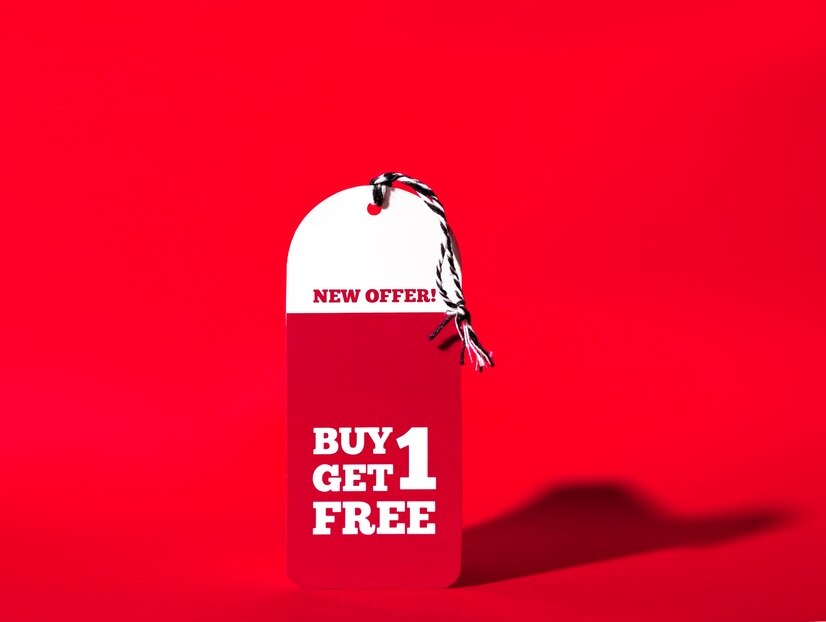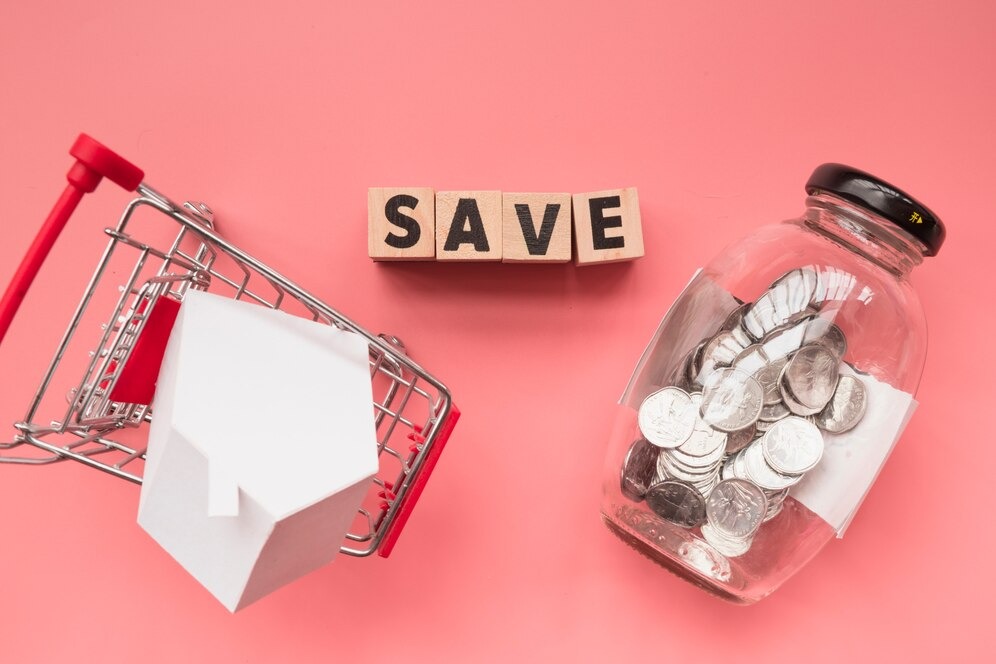
How to Master Cross-Selling and Upselling in Retail
Cross-selling and upselling are great ways to boost retail revenue. Retailers can raise average order value (AOV) by urging customers to buy more or better products. This strategy also improves the customer experience and increases profits. Cross-selling and upselling can drive strong growth, whether in a store or online.
This guide shares top tips for cross-selling and upselling. It includes real examples and practical advice to help retailers improve their sales strategies.
Quick Guide: How to Master Cross-Selling and Upselling in Retail
- Key Strategies for Cross-Selling and Upselling:
- Cross-Selling: Recommend complementary products (e.g., phone case with smartphone).
- Upselling: Encourage customers to buy a higher-end version or add features (e.g., larger storage smartphone).
- Impact: Increases revenue, boosts customer loyalty, and reduces acquisition costs by driving repeat business.
- Effective Techniques:
- For Cross-Selling:
- Bundle products with discounts (e.g., “Buy 2, Get 1 Free”).
- Use “Frequently Bought Together” suggestions online.
- Showcase complementary items near checkout in physical stores.
- For Upselling:
- Highlight premium features and benefits.
- Use limited-time offers and social proof to drive conversions.
- Offer post-purchase upsells (e.g., exclusive add-ons or express shipping).
- Boosting Average Order Value (AOV):
- Implement tiered pricing with incentives.
- Use free shipping thresholds to encourage larger orders.
- Offer exclusive loyalty perks and subscription benefits.
Pro Tip:
Use AI-powered recommendation engines to personalise cross-sell and upsell offers based on customer behaviour. This increases relevance and conversion rates.
Important Tip:
Track key metrics such as AOV, upsell and cross-sell conversion rates, and customer lifetime value (CLV). Use tools like Google Analytics and POS data to refine your strategies and boost profitability.
1. Understanding Cross-Selling and Upselling
Before implementing these strategies, it’s essential to understand their differences and applications.
a) What is Cross-Selling?
Cross-selling is the practice of recommending complementary products that enhance the customer’s purchase.
Examples:
- Recommending a phone case when a customer buys a smartphone.
- Suggesting matching shoes when selling a dress.
- Offering a laptop bag with a new laptop purchase.
b) What is Upselling?
Upselling encourages customers to purchase a higher-end version of a product or add premium features.
Examples:
- Offering a higher storage version of a smartphone for an additional cost.
- Encouraging customers to buy a luxury edition of a product.
- Suggesting an extended warranty or protection plan.
c) Why Cross-Selling and Upselling Matter
- Increases Revenue: More products per transaction lead to higher AOV.
- Improves Customer Experience: Helps customers discover useful products.
- Boosts Customer Loyalty: Personalized recommendations enhance satisfaction.
- Reduces Customer Acquisition Costs: Maximizes sales from existing customers instead of acquiring new ones.
2. Best Cross-Selling Strategies for Retail

To implement cross-selling effectively, retailers must use strategic product recommendations and personalised approaches.
a) Bundle Products for Better Value
- Offer product bundles at a discount (e.g., “Buy 2, Get 1 Free”).
- Create seasonal or themed bundles (e.g., “Winter Essentials Kit”).
- Offer pre-configured kits (e.g., “Photography Starter Kit”).
b) Display Complementary Products
- Use “Frequently Bought Together” recommendations.
- Showcase matching items on product pages.
- Place complementary products near checkout areas in physical stores.
c) Use Personalized Product Recommendations
- Leverage AI-powered recommendation engines to show relevant cross-sells.
- Analyse past purchases to offer tailored suggestions.
- Use customer browsing behaviour to predict what they might need next.
d) Cross-Sell at Checkout
- Display add-on items on the cart page before checkout.
- Use pop-ups with limited-time offers (e.g., “Add this for 20% off”).
- Offer low-cost impulse purchases (e.g., small accessories, trial-size products).
3. Best Upselling Strategies for Retail
Upselling requires a strategic approach to convince customers to spend more on premium options.
a) Highlight Premium Features
- Clearly shows the value of the upgraded version.
- Use side-by-side comparisons (e.g., “Standard vs. Premium Edition”).
- Highlight additional benefits (e.g., faster performance, better materials, extra features).
b) Offer Limited-Time Upgrades
- Use time-sensitive upsell offers to create urgency.
- Provide flash sales or discounts on premium versions.
- Offer bundled upgrades (e.g., “Upgrade now and get free accessories”).
c) Utilize Social Proof
- Show customer reviews highlighting the premium version’s benefits.
- Use star ratings and testimonials to reinforce product value.
- Showcase influencer or expert endorsements.
d) Upsell After Purchase
- Offer an upgrade during checkout (e.g., “Upgrade to Express Shipping”).
- Send a follow-up email with an exclusive upgrade offer.
- Provide loyalty discounts for premium products.
4. How to Increase Average Order Value (AOV) with Cross-Selling and Upselling

A well-executed strategy can significantly increase AOV. Here’s how:
a) Implement Tiered Pricing
- Offer good, better, best pricing structures.
- Provide incentives for upgrading (e.g., “Save 10% when you upgrade to Pro”).
b) Offer Subscription & Membership Benefits
- Encourage customers to subscribe to premium memberships (e.g., Amazon Prime).
- Provide exclusive perks for higher-tier members.
- Offer auto-replenishment subscriptions for essential products.
c) Use Free Shipping Thresholds
- Encourage larger orders by offering free shipping on orders over a specific amount.
- Show progress bars indicating how much more they need to spend to qualify.
d) Use Limited-Time Promotions
- Display time-sensitive deals on premium upgrades.
- Offer BOGO (Buy One, Get One at a Discount) deals.
- Provide loyalty program rewards for high-value purchases.
5. Cross-Selling and Upselling in eCommerce vs. Brick-and-Mortar Stores
a) eCommerce Cross-Selling & Upselling
- Use automated recommendation engines.
- Implement cart abandonment recovery emails with upsell offers.
- Offer upsell and cross-sell opportunities on product pages, cart pages, and checkout pages.
b) In-Store Cross-Selling & Upselling
- Train sales associates to recommend relevant products.
- Use digital kiosks to suggest additional purchases.
- Place upsell offers at the point-of-sale (POS) area.
6. Measuring the Success of Cross-Selling & Upselling
To optimise performance, track key metrics and adjust strategies accordingly.
a) Key Metrics to Track
- Average Order Value (AOV): Measures the average amount spent per order.
- Upsell Conversion Rate: Percentage of customers who choose an upgraded version.
- Cross-Sell Conversion Rate: Percentage of customers who add recommended items.
- Cart Abandonment Rate: Helps identify if upselling tactics are causing drop-offs.
- Customer Lifetime Value (CLV): Measures long-term profitability of upsell/cross-sell efforts.
b) Tools for Tracking Performance
- Google Analytics & Shopify Reports for eCommerce tracking.
- Heatmaps & A/B Testing Tools (e.g., Hotjar, Optimizely) to optimise product recommendations.
- POS Data Analysis for in-store cross-selling effectiveness.
7. Common Mistakes to Avoid

Even effective sales strategies can backfire if not executed properly. Avoid these pitfalls:
- Overloading Customers with Too Many Options: Confusing them with excessive choices.
- Being Too Aggressive: Making customers feel pressured.
- Offering Irrelevant Products: Poorly matched recommendations can frustrate customers.
- Ignoring Data & Personalization: Generic upsell tactics won’t be effective.
- Failing to Test & Optimize: Not analysing what works and refining strategies accordingly.
FAQs: How to Master Cross-Selling and Upselling in Retail
- What is the difference between cross-selling and upselling?
Cross-selling recommends complementary products, while upselling promotes higher-end versions or premium features. - How do these strategies increase revenue?
They raise the average order value (AOV) by encouraging customers to buy more or upgrade. - What are effective cross-selling techniques?
Use product bundles, display complementary items, and add personalised recommendations. - How can retailers optimise upselling?
Highlight premium benefits, use time-limited offers, and show social proof. - What metrics should retailers track?
Monitor AOV, cross-sell and upsell conversion rates, and customer lifetime value (CLV).
Conclusion
To master cross-selling and upselling in retail, you need a clear strategy. Personalisation and smooth execution are also key. Retailers can boost average order value and improve customer satisfaction by optimising product recommendations. They should use data-driven insights and keep refining their offers. This approach helps drive long-term growth.
Retailers who use these strategies well will boost revenue and give customers a better shopping experience. Start testing these methods today and watch your retail business thrive!


